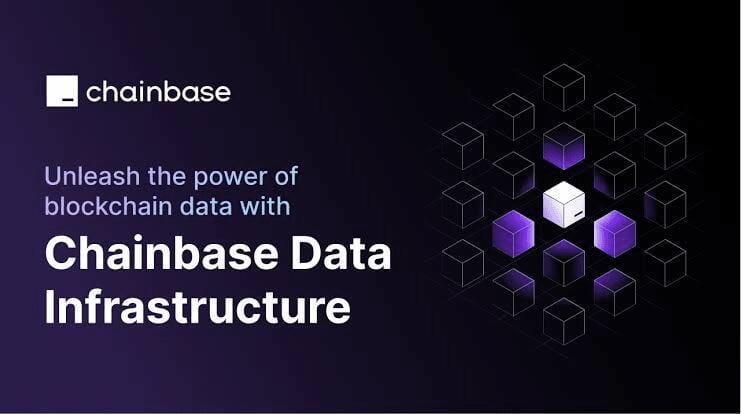
When talking about the integration of Web3 and AI, there is a project that I think is worth mentioning—Chainbase @Chainbase Official . What it does is quite core: it transforms the raw and messy data on the blockchain into structured information that AI models can directly use. This is quite interesting, as it effectively builds a bridge between blockchain and AI.
Many teams are currently working on AI-related DeFi applications, but data acquisition and processing have always been a headache. We previously tried using the data provided by Chainbase to train LLM models, and the results were indeed better than expected. It not only provides data but also turns it into a 'plug-and-play' resource, allowing developers to avoid spending a lot of time on data cleaning and parsing.
In terms of technical architecture, Chainbase @Chainbase Official has created a programmable data layer called Manuscript, which processes raw data step by step into standardized, verifiable data products. This approach is not only suitable for AI calls but also very helpful for traditional DeFi protocols, trading analysis, or NFT pricing. Additionally, it supports multi-chain queries and real-time APIs, significantly improving development efficiency.
Speaking of token economics, the design of $C is also interesting. It uses dual-chain issuance—Base and BNB Chain running in parallel, which is clearly aimed at expanding liquidity and user coverage. The token is used to pay for data access fees and to incentivize nodes and data contributors, forming a closed-loop economic model. Currently, the circulating market cap is around $50 million, with a total supply of 1 billion, focusing on ecological incentives and community building in its distribution, with corresponding lock-up arrangements for the team and investors.
What makes me more optimistic is that #Chainbase is actually lowering the barrier to entry for Web3. Whether developers, researchers, traders, or analysts, they can directly access on-chain data through its interface and perform visual analysis without writing code. This idea of 'data democratization' will attract more non-technical users into this field in the long run.
Recently, they also released the Alpha version of Manuscript GUI and reached a collaboration with Google Gemini, gradually integrating AI capabilities more deeply into data services. These actions are not flashy, but they significantly improve the developer experience.
In my view, #Chainbase is more like the infrastructure for the data layer of Web3. It does not directly target end users but supports the efficient operation of many applications behind the scenes. With the explosion of Layer2 and application chains, the demand for data indexing and querying will only grow, and the importance of such projects will gradually become more prominent.
From an investment perspective, Chainbase is in an early but rapidly growing stage. It is not just a data tool; it is also attempting to build a decentralized data economy—turning data into truly composable and monetizable assets. If this vision can be realized step by step, its value will far exceed what it is now.

